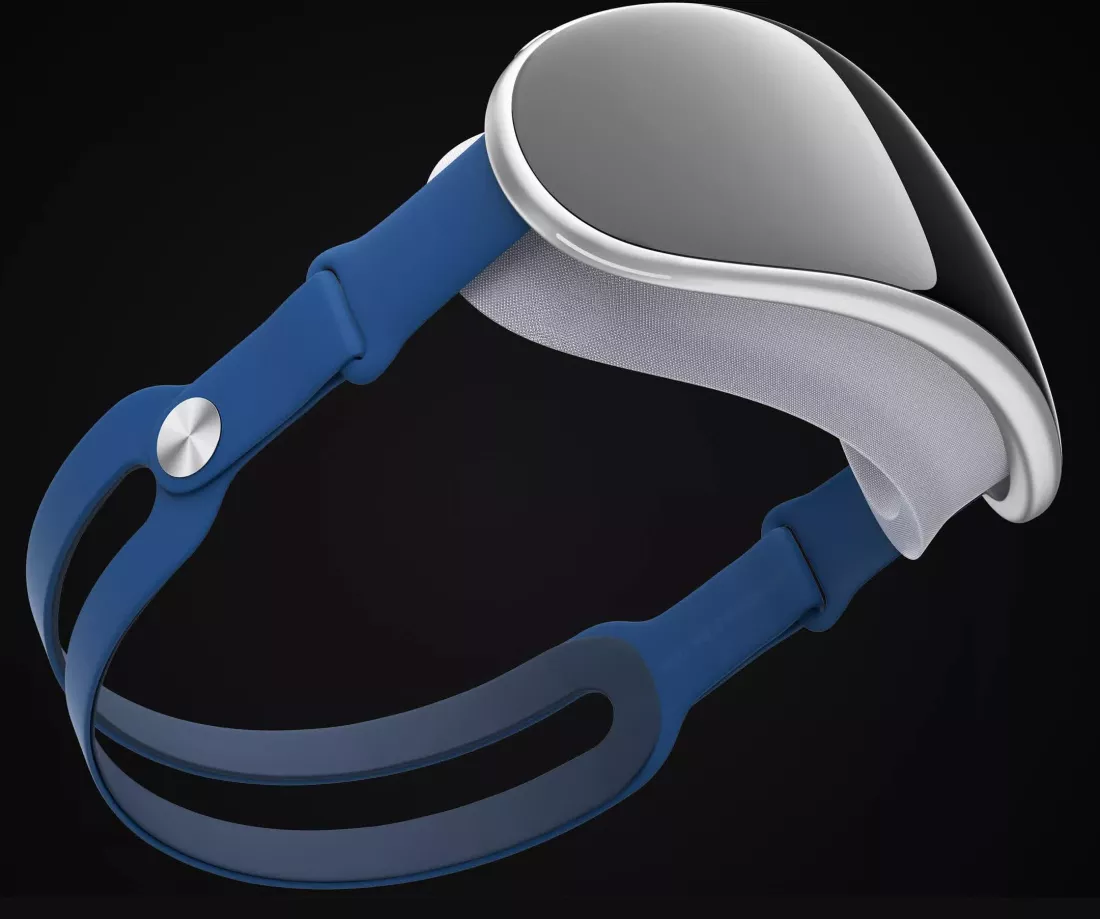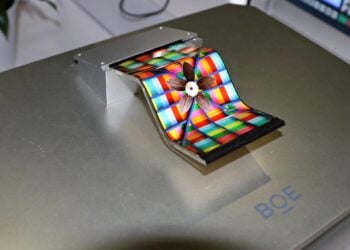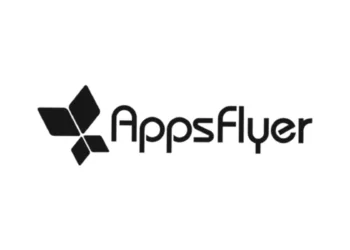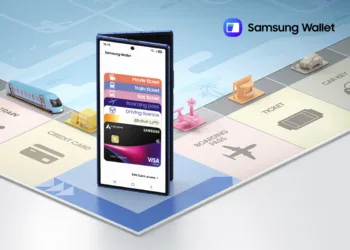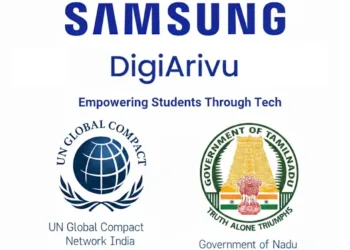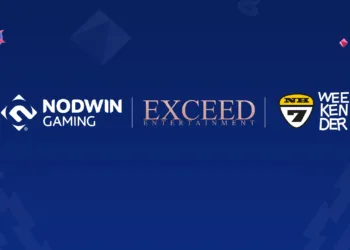Apple may be getting closer to releasing its first mixed reality headset, according to recent trademark filings. It is doubtful that Apple would reveal the visor at the iPhone 14 media event next week since it is not anticipated to debut until at least some time in 2019. First-gen hardware may also be prohibitively expensive, limiting the platform’s appeal until more reasonably priced replacements are available.
Apple shell businesses recently submitted trademark applications in the US, the UK, the European Union, Canada, Australia, New Zealand, Saudi Arabia, Costa Rica, and Uruguay for names including Reality Processor, Reality One, and Reality Pro, according to Mark Gurman of Bloomberg.
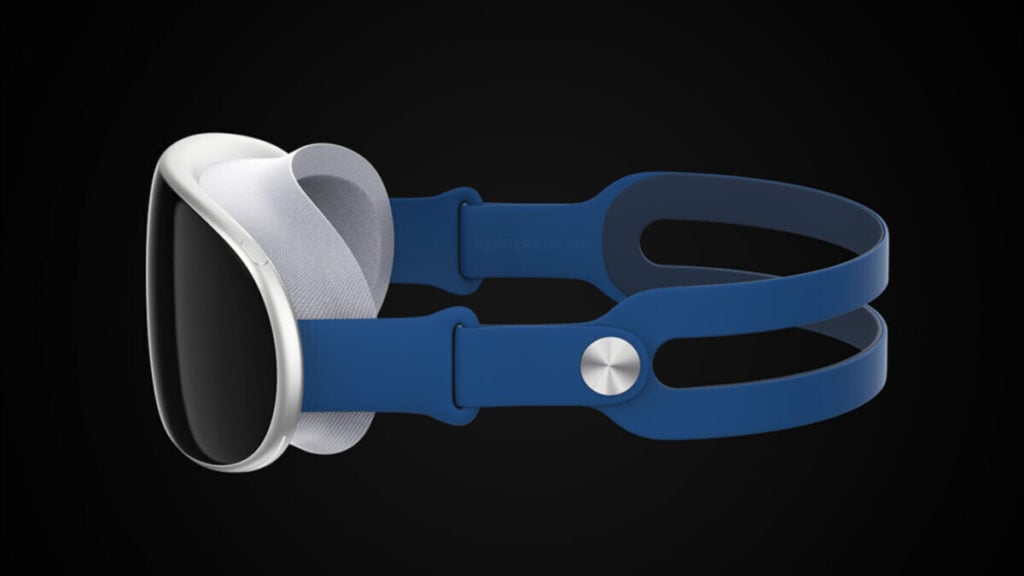
In the past, Apple has relied on shell companies and law firms to assist in upholding its secrecy surrounding unannounced items. According to reports, Immersive Health Solutions LLC was formed in February and registered with Corporation Trust Co., another shell company.
The premium wearable might cost between $2,000 and $3,000, so it won’t be cheap either. Apple runs the risk of not making much of an impact in the consumer market at that pricing point and steering customers more toward commercial clients, similar to Microsoft HoloLens and Magic Leap. On the other hand, they would at least make a dent in the market and lay the groundwork for more widely available successors to follow later this decade.
It is widely accepted that the name of the operating system powering the mixed reality platform will be reality. Reality One or Reality Pro might be what Apple labels the headset itself, while Reality Processor makes sense for the name of the chip that powers the platform.
According to Bloomberg, Apple will power the experience using an M2 CPU and 16GB of RAM, but the company may also require a more potent graphics solution.
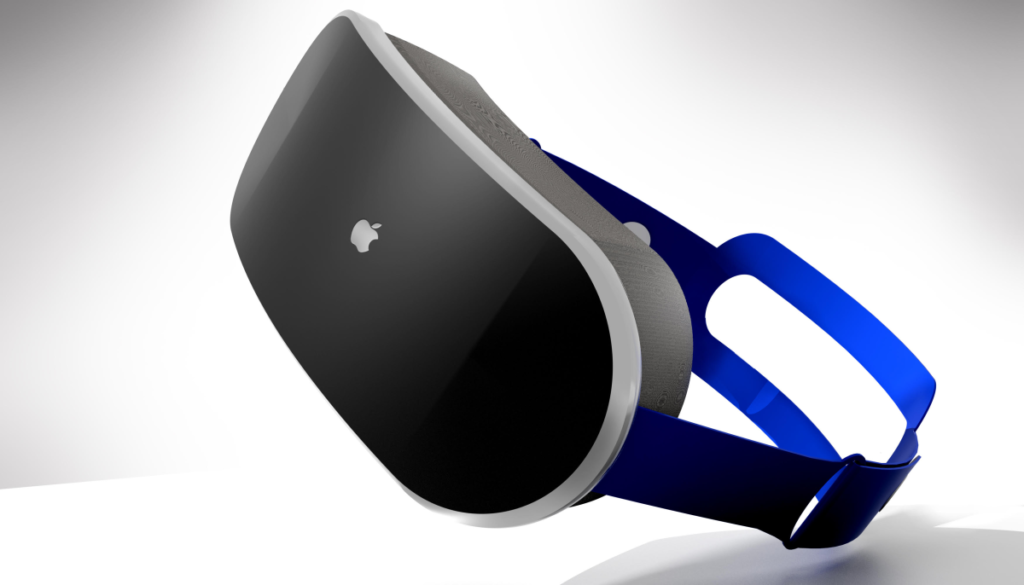
The premium wearable might cost between $2,000 and $3,000, so it won’t be cheap either. Apple runs the risk of not making much of an impact in the consumer market at that pricing point and steering customers more toward commercial clients, similar to Microsoft HoloLens and Magic Leap. On the other hand, they would at least make a dent in the market and lay the groundwork for more widely available successors to follow later this decade.
Also read:

